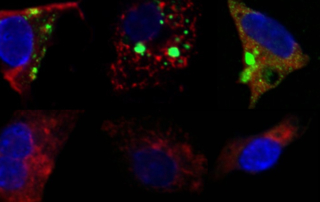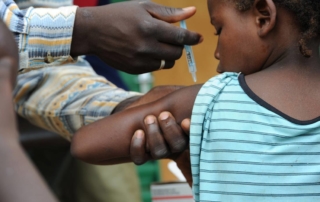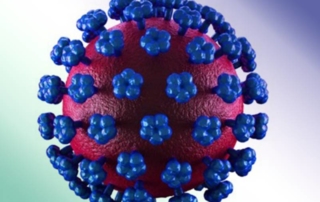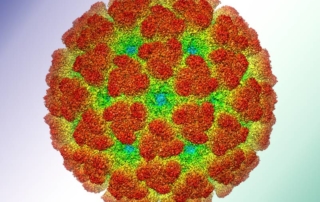Cancer
Prostate cancer is the most common cancer in men. In 2014 (the most recent year for which numbers are available) 172,258 men in the U.S. were diagnosed with prostate cancer and 28,343 men in the U.S. died from prostate cancer (Centers for Disease Control and Prevention, 2018). Medigen is using the advanced RNA VLP [...]







